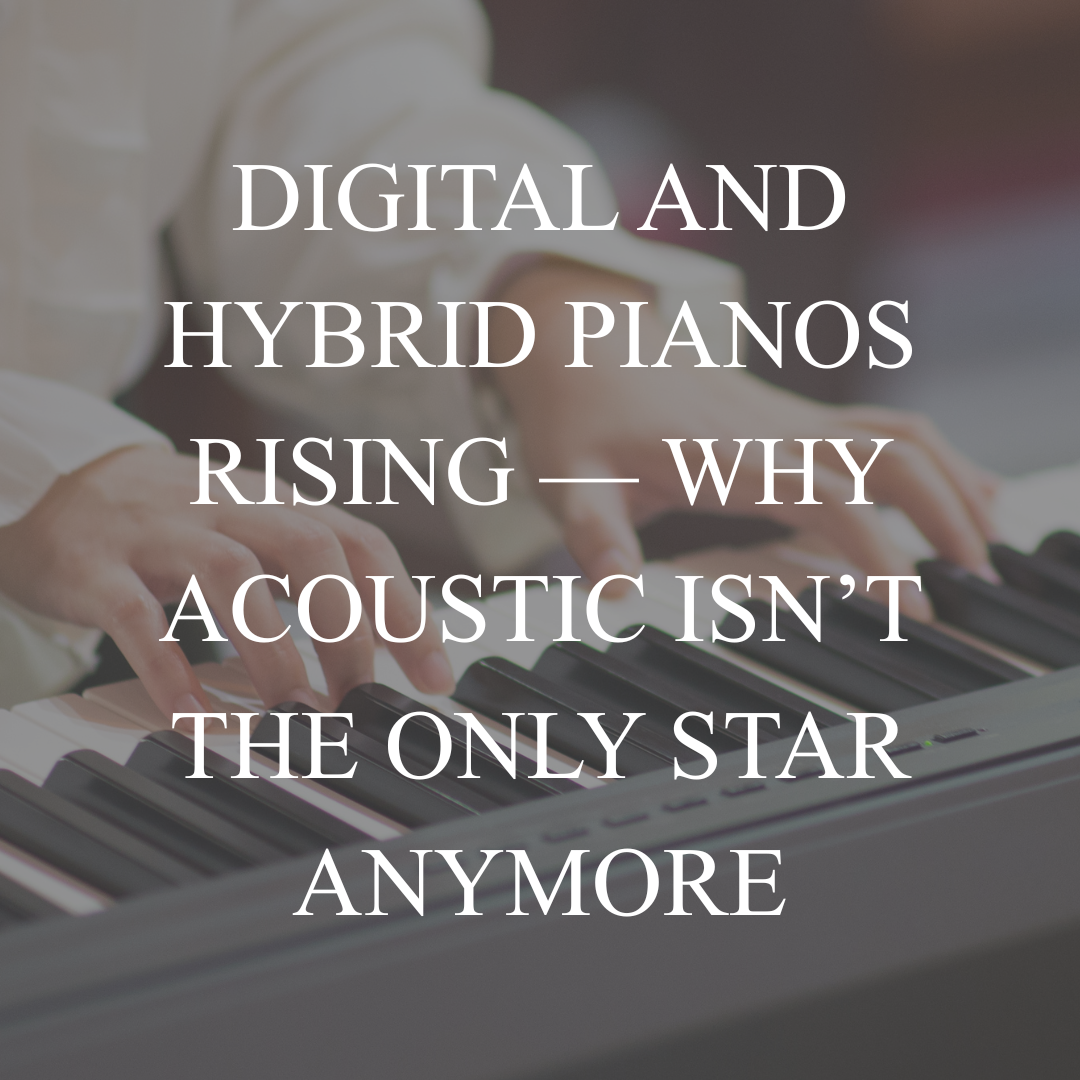
Moving a grand piano is no easy task. Its size, weight, and delicate components make it one of the most challenging items to transport. Without proper care, you risk damaging the piano’s structure, internal mechanisms, and finish, or worse, injuring yourself or others in the process.
To ensure a safe and damage-free move, here are seven common mistakes to avoid when shifting your grand piano.
Pushing the Piano Instead of Lifting It
At first glance, the small casters (wheels) under a grand piano may give the impression that you can push it across the floor with ease. However, these wheels are primarily decorative and not built for movement.
Why this is a mistake:
Casters can break under the piano’s weight.
Excessive pressure on the legs can cause them to crack or weaken.
Scratching or denting hardwood floors is a high risk.
What to do instead:
Use a piano dolly or professional moving equipment to lift and transport the piano safely.
It might seem logical to tilt the piano when navigating through doorways, hallways, or corners, but this can lead to serious damage.
Why this is a mistake:
A grand piano is top-heavy, and tilting it too much can cause it to topple over.
The internal frame and soundboard are sensitive to sudden shifts in weight.
It increases the risk of personal injury to those handling the move.
What to do instead:
Keep the piano as level as possible and use a piano skid board to help with maneuvering.
A grand piano is an extremely heavy and bulky instrument, and attempting to lift it without proper support is both unsafe and impractical.
Why this is a mistake:
Lifting the full weight manually can lead to back injuries.
The piano’s frame and legs are not designed for direct lifting.
Improper handling can cause dents, scratches, or internal misalignment.
What to do instead:
Use a piano dolly or a skid board specifically designed for transporting grand pianos. These tools distribute the weight evenly, making the move safer and smoother.
The keyboard lid protects the piano’s delicate strings, hammers, and action components. Some movers may attempt to remove it, thinking it will make the piano easier to transport.
Why this is a mistake:
The lid is essential for protecting the piano’s internal mechanics.
Removing it can expose sensitive parts to dust, impact damage, and warping.
What to do instead:
Leave the lid closed and secured during transport.
The lyre is the structure that holds the pedals and rods in place. It is attached to the underside of the piano and is often overlooked during moving preparations.
Why this is a mistake:
The lyre is not built to support the piano’s weight and can be damaged if left attached.
Keeping it on makes the piano harder to navigate through tight spaces.
A grand piano’s wood exterior is one of its most beautiful features, but it is also highly susceptible to scratches, dents, and chips.
Why this is a mistake:
A single bump or impact can cause visible damage to the piano’s finish.
Lack of padding leaves the instrument vulnerable to pressure damage during transportation.
What to do instead:
Wrap the piano in thick furniture blankets or specialized piano padding to protect it from scratches, scuffs, and dents. Secure the padding with moving straps to prevent shifting during transit.
Moving a grand piano requires careful planning, the right equipment, and experienced professionals. In addition to avoiding these common mistakes, be sure to:
Hire professional piano movers with experience handling grand pianos.
Measure doorways, hallways, and staircases before the move to ensure a smooth transition.
Have the piano tuned after relocation, as moving can affect its internal mechanics and sound.
By taking the right precautions, you can ensure that your grand piano arrives safely in its new home, ready to fill the space with beautiful music.
Comments will be approved before showing up.

Every four years, Warsaw becomes the luminous heart of the classical piano world. The International Chopin Competition is more than a contest — it’s a global ritual of artistry and endurance. For pianists, it is the Mount Everest of performance; for listeners, it is two weeks of breathtaking musical devotion.
But while the audience follows the fate of each pianist, another drama unfolds behind the music — a quieter rivalry that has nothing to do with interpretation or emotion, and everything to do with sound.
Because in Warsaw, the pianists are not the only ones competing. The pianos themselves are.

For more than a century, Steinway & Sons has defined what it means to build a truly exceptional piano. But in 2025, the brand isn’t just honoring tradition — it’s evolving. At Northwest Pianos, we continue to see how Steinway’s balance of craftsmanship and technology keeps it ahead of the curve in a fast-changing industry.

Over the last few years, acoustic pianos have held the prestige. But the tide is shifting. More musicians, educators, and beginners are turning to digital and hybrid models for their flexibility, technological perks, and lower maintenance demands. According to industry reports, the global piano market is now incorporating “smart integration” and “compact designs” as key drivers for growth. The Business Research Company+2PR Newswire+2